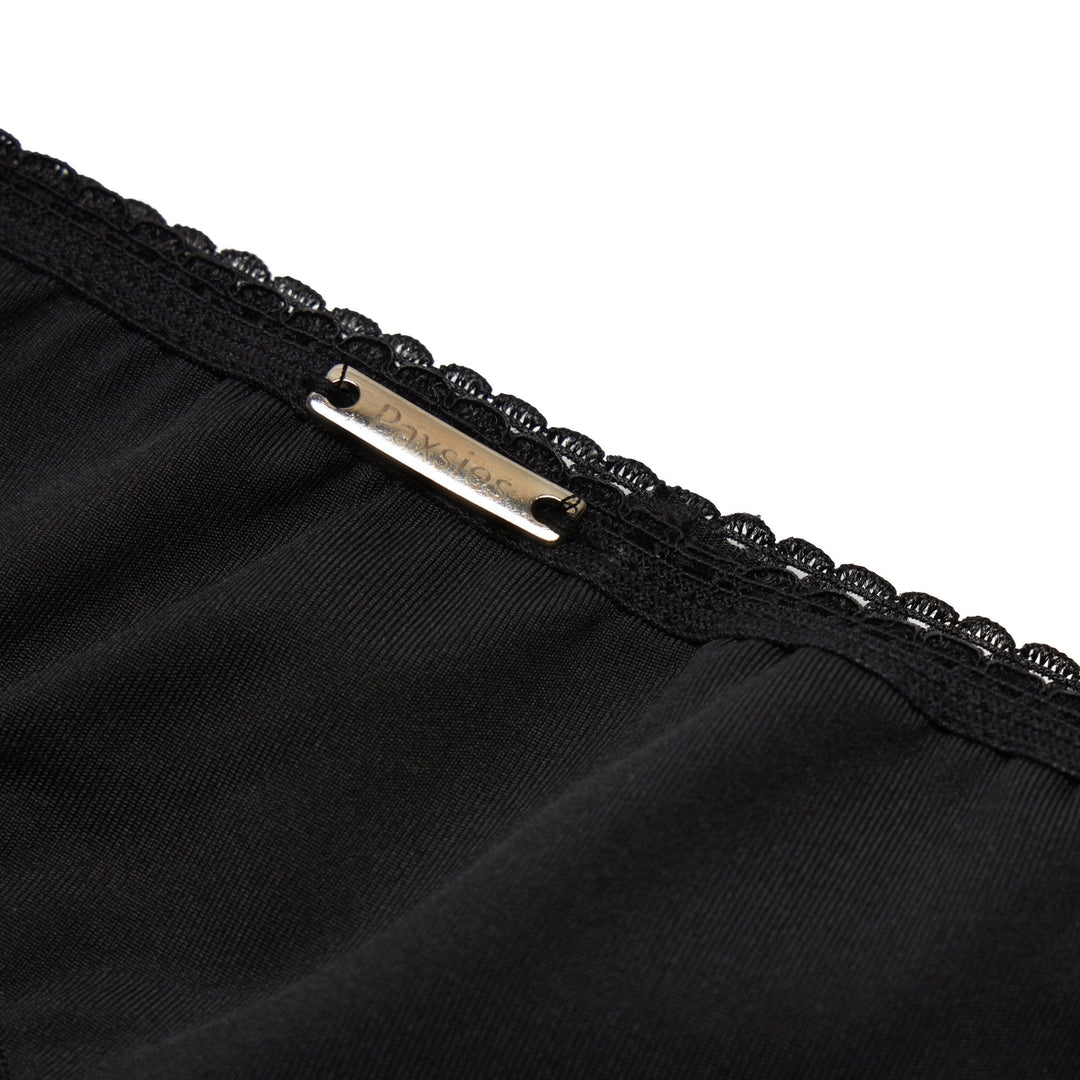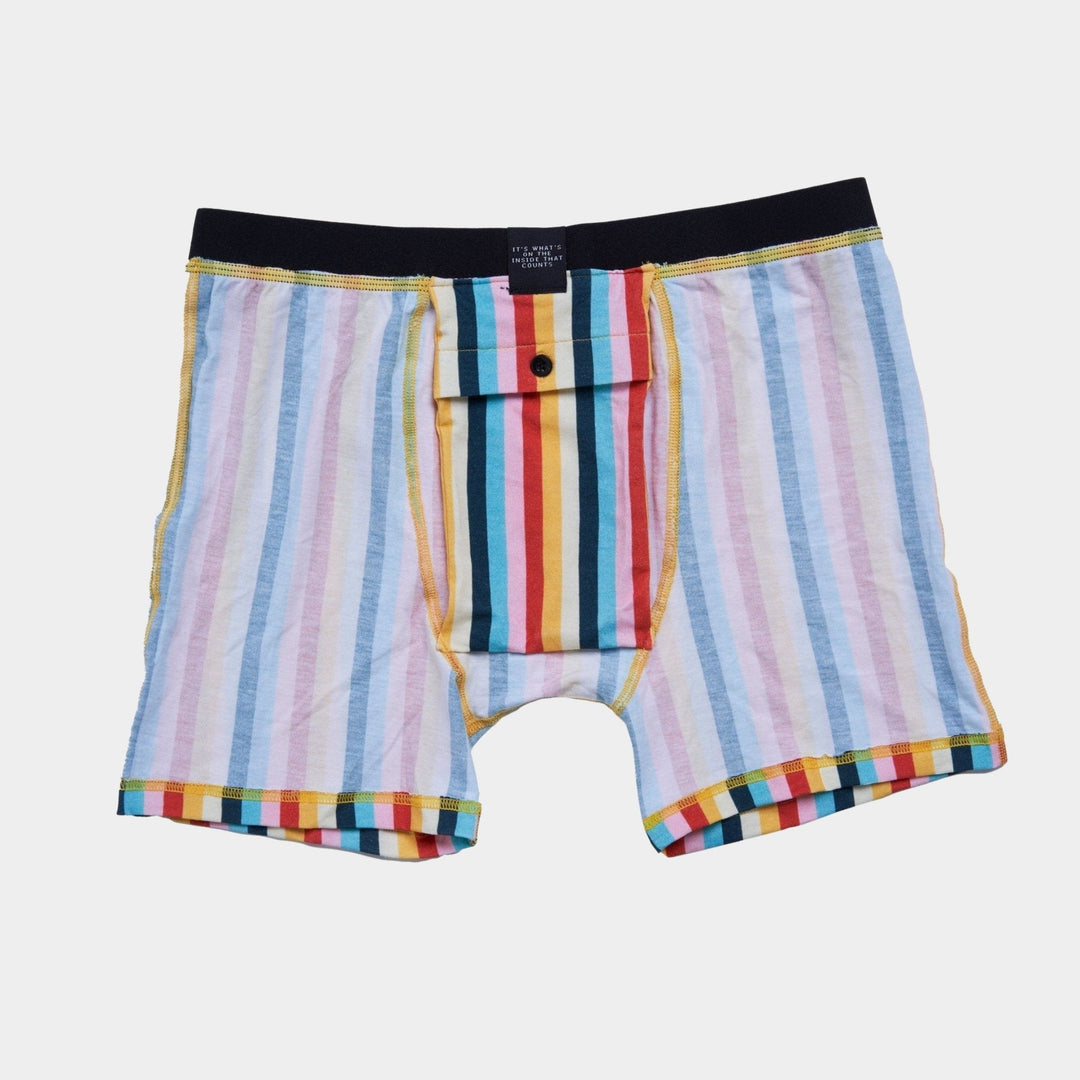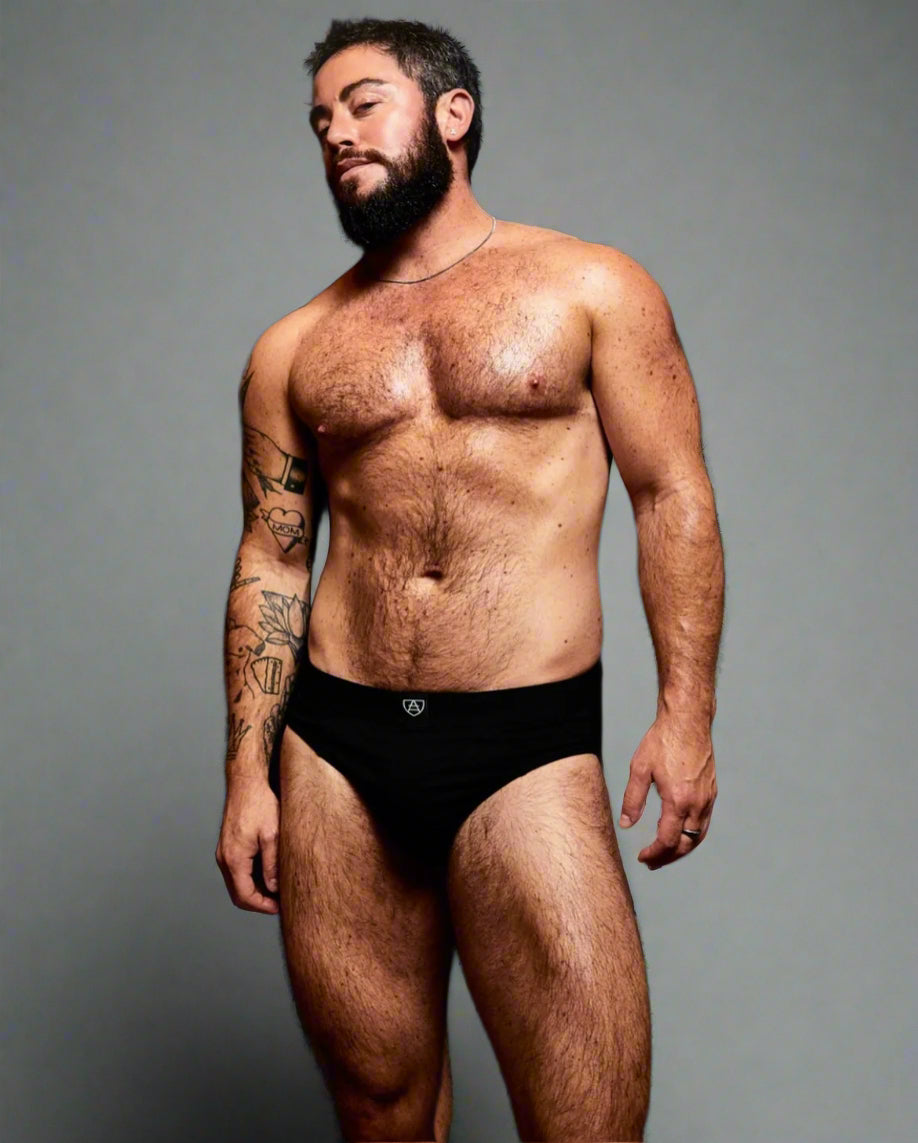5 Gender Concepts Around the World
Gender is a fairly common concept, but it's often misunderstood.
The term "gender" refers to a set socially constructed characteristics, expectations, and norms associated with what sex society perceives one to be. Since these norms are largely defined by a person's social context, concepts of gender can vary widely across different cultures.
As our understanding of gender continues to evolve, the Western binary gender system continues to dominate the discourse surrounding it. The term "transgender" has only recently been coined, but gender identities that transcend the gender binary have existed for centuries in different cultures. In this article, we'll have a look at 5 gender concepts from around the world.
1. Two-Spirit (Native American)
You may have come across the LGBTQ2+ acronym at some point, whether in your local context or while browsing through the internet. The term "Two-Spirit" (or 2 in the acronym) is an umbrella term coined in the 1990s that can refer to a person who embodies both male and female spirits, as well as other forms of gender variance. Different First Nations cultures have different terms to describe this gender identity as well.
Historically, two-spirit individuals were people assigned male, female, or had intersex traits at birth that took on a combination of roles associated with men/women in the tribe as well as roles unique to their status as two-spirit people. These vary widely between First Nations cultures, but included the important roles of healers, matchmakers, and warriors.
Two-Spirit people were held in wide regard. Rather than being seen as "other" than male or female, the Two-Spirit identity was seen as a third gender with a proper and widely accepted place in Native American society.
It's important to note that the Two-Spirit concept isn't the Native American equivalent of being queer or a member of the LGBTIQ+ community. That being said, it's not a way for non-Native American LGBTIQ+ people to express themselves. This gender identity is a traditional and ancient, and carries a lot of history with it. Two Spirited people historically suffered under colonial rule, and the effects of white colonialism can be seen to this day. The fight to reclaim Two-Spirit cultures and heal from the injustices wrought upon the Native American people by colonialism has picked up in recent years.
You can learn more about Two-Spirit identities here.
2. Mentefuwaley Lagey/Libun (Teduray People, Philippines)
The Teduray People are one of the major indigenous groups in the Southern Philippines. Despite years of colonial reign in the Philippines, the Teduray people were able to keep much of their traditional culture.
The Teduray people have a concept of gender very different to that of the rest of the Philippines, which is a highly Christianized society. The phrase "Mentefuwaley Lagey" literally means "one who becomes a man", and the phrase "Mentefuwaley Libun" means "one who becomes a woman".
One interesting thing to note here is that there is no "woman" in "Mentefuwaley Lagey", and no "man" in "Mentefuwaley Libun". The term "Mentefuwaley" literally means transformation. "Lagey" and "Libun" mean man and woman, respectively. In the Teduray understanding of gender, these people are not "women who become men" or "men who become women", but an un-gendered "one".
The Teduray people don't view a person's genitals as the basis of their gender. Rather, they place more importance on a person's journey to being a man or a woman, and they respect and consider this path as legitimate. Mentefuwaley are also held in high regard in Teduray society. Uka, for example, is a Mentefuwaley Libun widely celebrated in their society for being the best Teduray zither player.
While Mentefuwaley have sexual partners, they don't marry because marriage is understood as an economic unit for raising children. Because Mentefuwaley generally don't have children, there is no need for marriage.
Stuart Schlegel spent two years living amongst the Teduray People in the 1960s. In his book, "Wisdom from a Rainforest: The Spiritual Journey of an Anthropologist" (1998), he outlined an important exchange he had with Mo-Tong, a Teduray man. Here is a excerpt from his book:
You can read more of Schlegel's conversation with Mo-Tong here.
3. Hijras (South Asia)
Hijras are people with feminine gender identities assigned male at birth who take on gender roles usually associated with women, but do not identify as male or female. According to photographer Shahria Sharmin, the term "Hijra" has "no exact match in the modern taxonomy of gender".
While Hijra can be considered to fall under the transgender umbrella, hijra is widely considered to be a third gender. This is particularly true in Pakistan in Bangladesh, where it is legally recognized as such.
Historically, Hijras were respected in Hindu society and held positions of religious and political importance. When Britain colonized India, however, they brought a binary and conservative understanding of gender and outlawed "carnal intercourse against the order of nature", which started negatively shifting the attitudes towards LGBTIQ+ identities - the effects of which can still be felt today.
Today, Hijras have developed their own subculture within the wider LGBTIQ+ community in South Asia. Many live in together in communities headed by a guru that takes on an important role in Hijras' lives, providing them with shelter, basic needs, and in some cases, funding for gender reassignment procedures and gender affirming healthcare in exchange for their daily earnings. Through time, these communities have become like families to Hijras - an important source of support in a society that largely views them as outcasts. Still, many gurus expect members of their community to live up to often-strict standards and Hijras are cast out if they fail to meet the gurus' expectations.
Many members of the Hijra community suffer from a variety of social and economic hardships. Although they are legally recognized, they are seen as social outcasts and often resort to begging and sex work to sustain themselves. According to Khan et al (2009), the marginalization of Hijras can be linked to the non-recognition as a separate gendered person outside of the gender binary. Being marginalized from society and facing this kind of oppression has put many Hijras in a vulnerable position, with many reporting cases of assault and harassment.
Learn more about Hijra here.
4. Fa'afafine and Fa'afatama (Samoa)
In Samoa, Fa'afafine and Fa'afatama are widely recognized as the third and fourth genders, alongside male and female. These identities have been part of Samoan culture for centuries, and so hold a unique place in Samoan society. These are largely understood as "fluid gender roles that move between male and female worlds" - people in touch with both their masculinity and femininity. Being fa'afafine or fa'afatama doesn't say anything about sexual attraction or sexual preference, and these third and fourth-gender individuals find sexual and romantic partners of different genders.
The term "Fa'afafine" literally means "in the manner of a woman", while the term "Fa'afatama" means "in the manner of a man. Many third and fourth-gender individuals play an important role in Samoan society, with some taking on caring roles and important cultural roles like in the traditional taupou dance. They are often celebrated as hard workers and for their initiatives in the field of sex education, as well.
Some third and fourth-gender individuals are also active members of the Church. However, because Samoa is a very Christian country, their relationship with the Church can be complex. For example, Fa'afafine are not seen by the Church as women, and the Church doesn't support same-sex relationships. Despite this, fa'afafine and fa'afatama are welcomed into these religious communities and often contribute to their work.
Fa'afafine and Fa'afatama are socially recognized, even if they don't enjoy legal recognition yet. Their relationship with the law is quite complex. Although same-sex sexual acts are criminalized under Samoan law, fa'afafine and fa'afatama live beyond these laws.
Learn more about fa'afafine and fa'afatama here.
5. Kathoey (Thailand)
Thailand is known as one of the most accepting countries for members of the LGBTIQ+ community. The term "Kathoey" encapsulates a broad range of identities. It can refer to effeminate cisgender gay men, but it may also refer to trans women.
Historically, Thai culture recognized four genders: male, female, Bhatobyanjuanaka (which can mean intersex in modern terms), and Pandaka (which has no modern English equivalent). Unlike the other entries in the blog post, Thailand wasn't colonized by Western powers, so the Western values, especially those relating to gender, weren't forced on the native population.
Kathoey are generally celebrated and widely accepted in Thai culture, especially in major cities. This can, in part, attributed to the widespread practice of Theravada Buddhism. According to their beliefs, because Kathoey can communicate with both male and female spirits, Kathoey have more prestige in Thai society.
Despite being openly accepted in Thai society, Kathoey face issues. For example, instances of HIV are high, and many Kathoey are sex workers due to economic factors, including discrimination in education and hiring. In some cases, Kathoey are victims of hate crime as well. Furthermore, Thailand still does not recognize same-sex couples or allow for legal gender changes. Outside Thailand's major cities, Kathoey people are still looked down upon and are often forced out of their homes after coming out.
Conclusion
The Western understanding of gender and sexuality is far from universal. All around the world, different cultures and societies have gender concepts beyond the gender binary. It's interesting how different cultures have developed terminologies that capture the unique experiences of people who don't conform to the expectations of Western gender system. This list is by no means exclusive. The social construction of gender is just that - a societal construct, and we have a long way to go before we reach true gender equality, and there's a lot we can learn from the way other cultures view gender.
Gender expressions and identities that don't fit the gender binary aren't new concepts. In today's context, it's really important to acknowledge the existence of these identities and allow them to inform our understanding of sex and gender, whether we're a part of the LGBTQ community or allies.
At the end of the day, it's what's on the inside that counts. What's important is that we respect all people no matter how they identify, what their pronouns are, or how they express themselves.
It's important to remember that these identities aren't just the local terms for identities in the LGBTIQ+ umbrella. These are identities that have existed for centuries, and even millennia, so it's important that we treat them with respect and that we be careful not to appropriate these cultures and these identities.
Our Related Posts
Sex, Gender, and Clothes - Breaking Binaries










